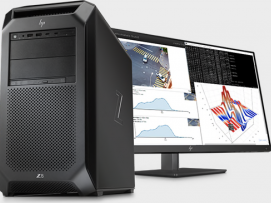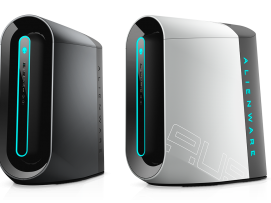The MIT.nano Immersion Lab has tools to help researchers process multi-dimensional and multi-modal data sets, machine learning algorithms, and more. Examples include atomic-level reconstruction of proteins imaged in cryo-electron microscopes, volumetric data processing with spatial and temporal data analysis, simulation of complex computational models, and processing photogrammetry images for 3D models.
Explore Immersion Lab computational processing tools using the buttons below.


